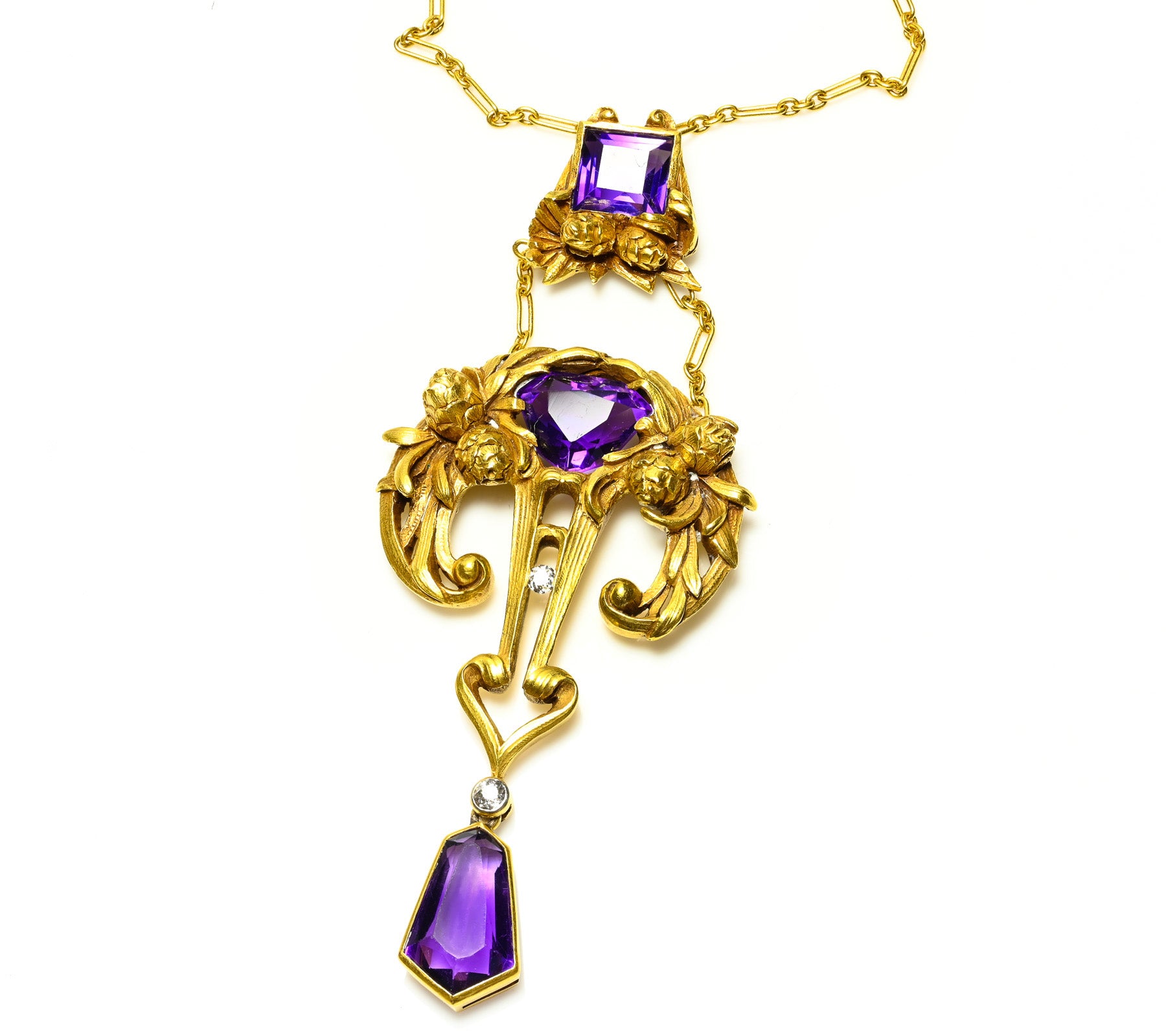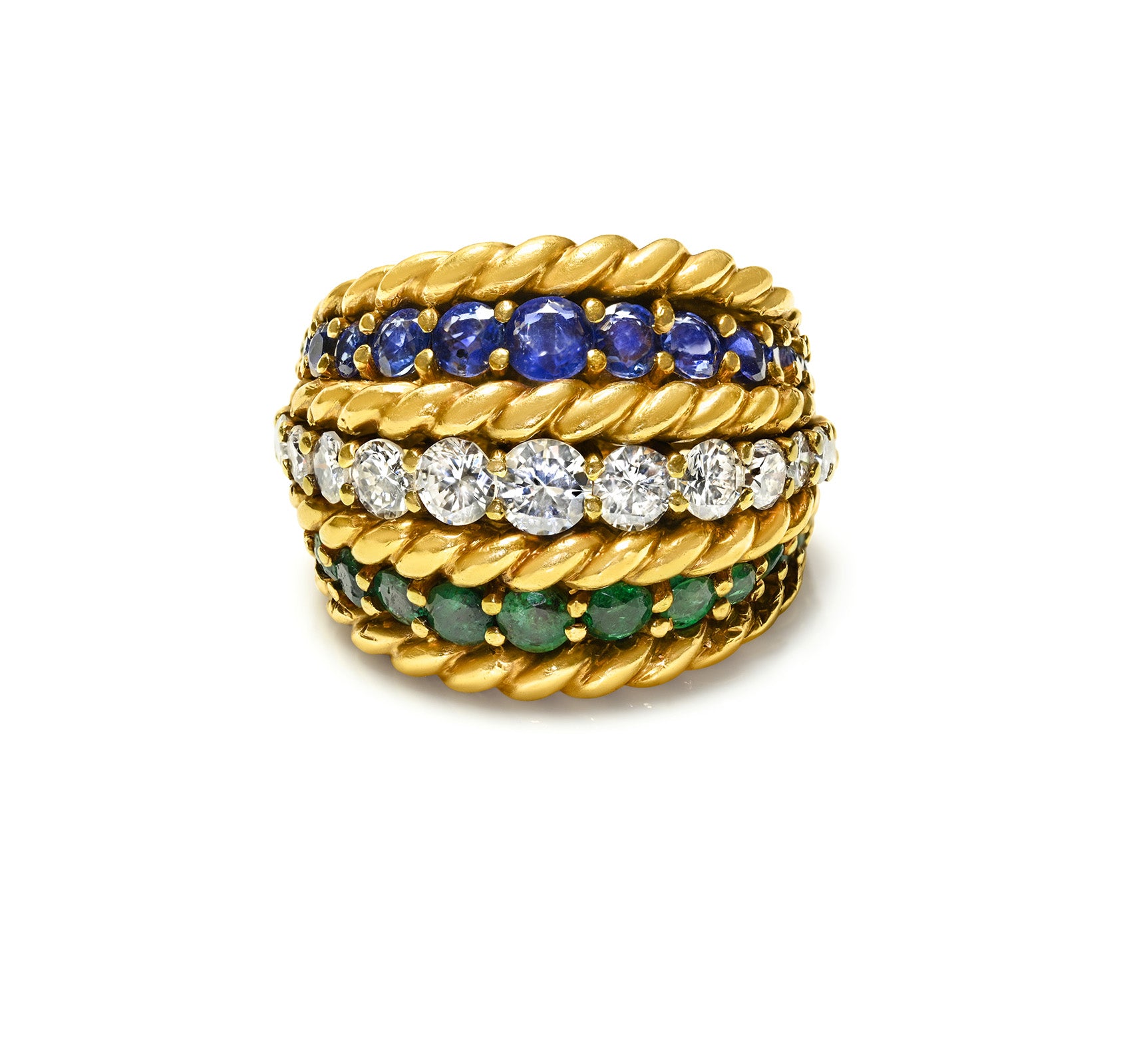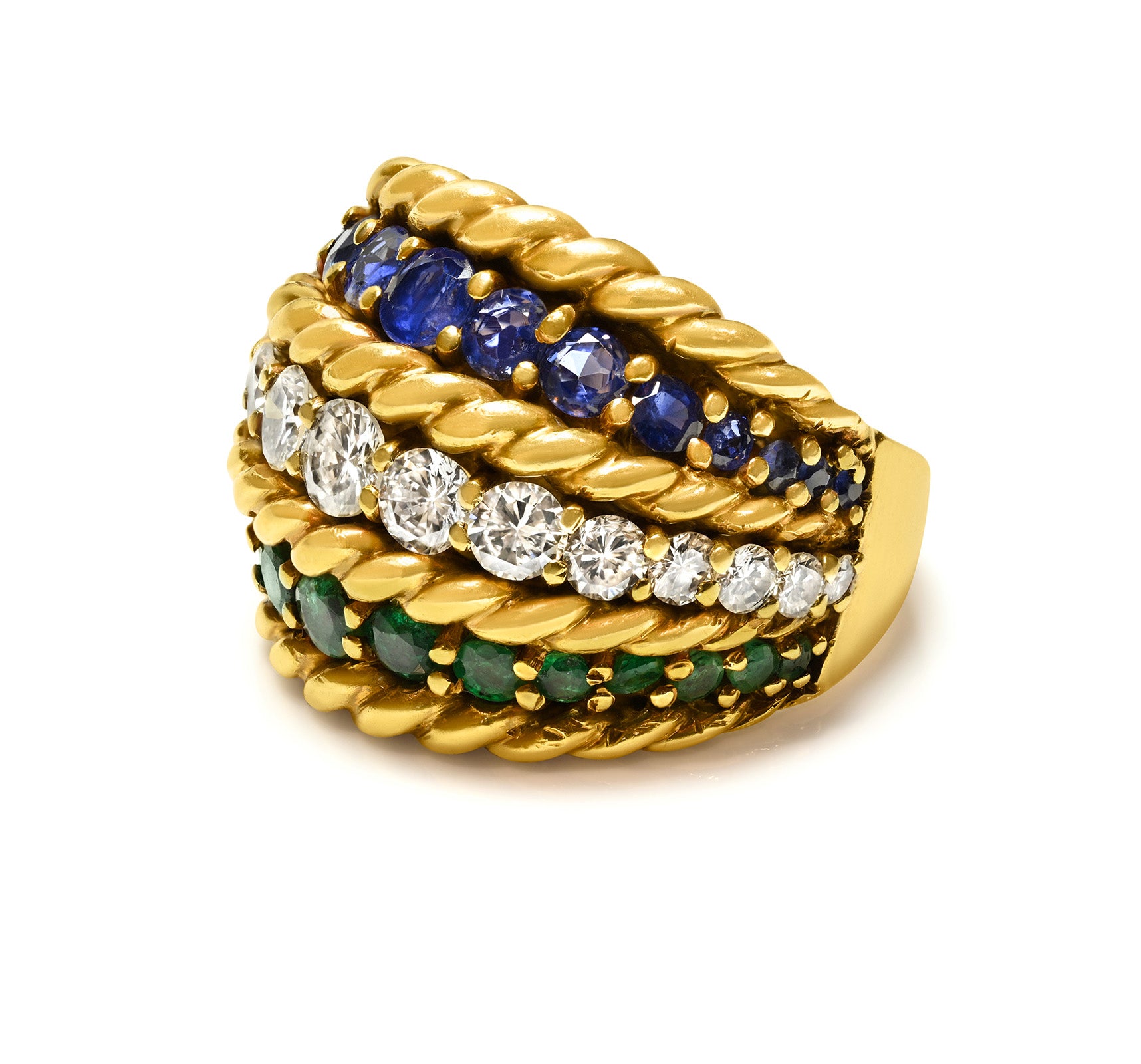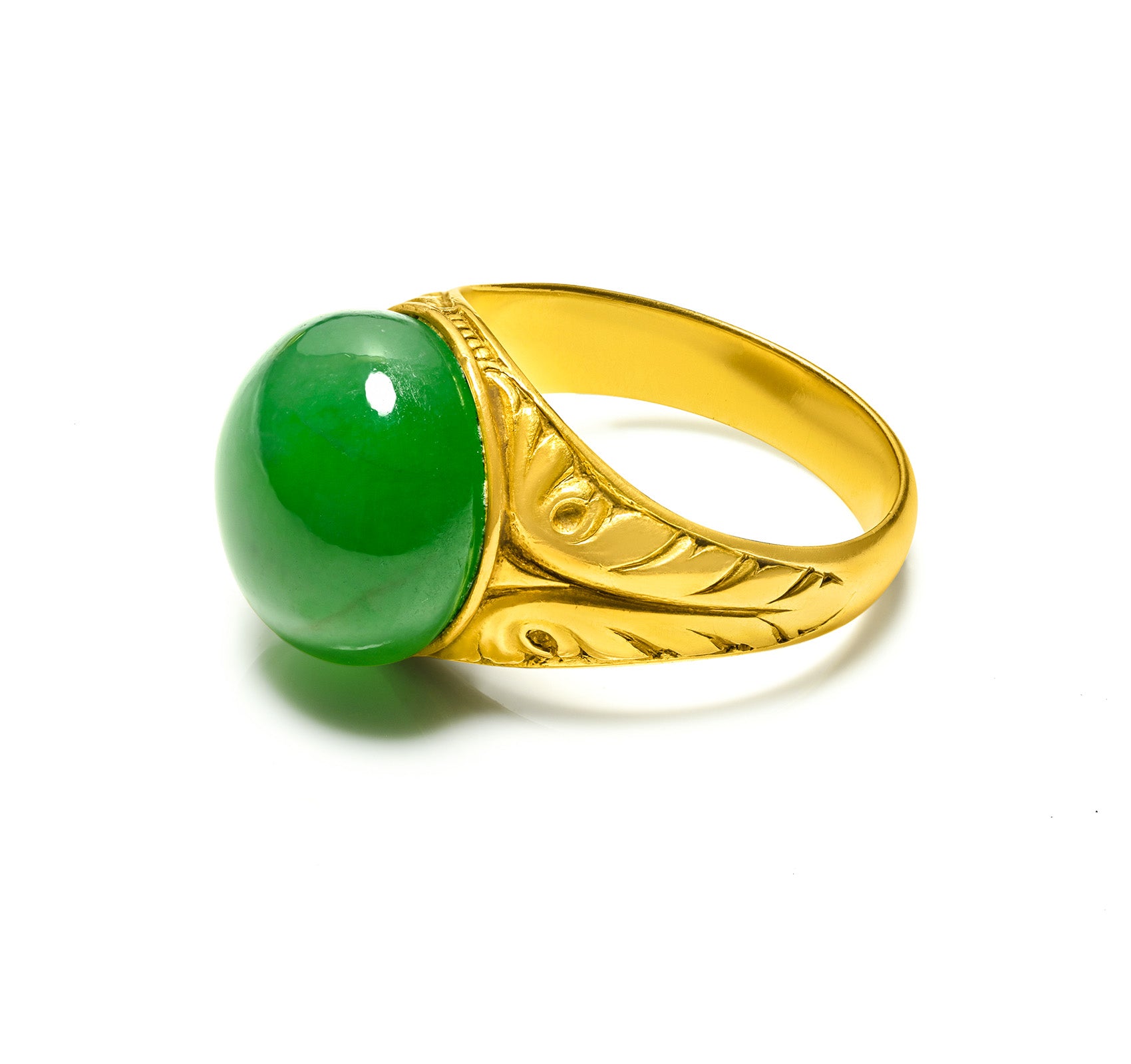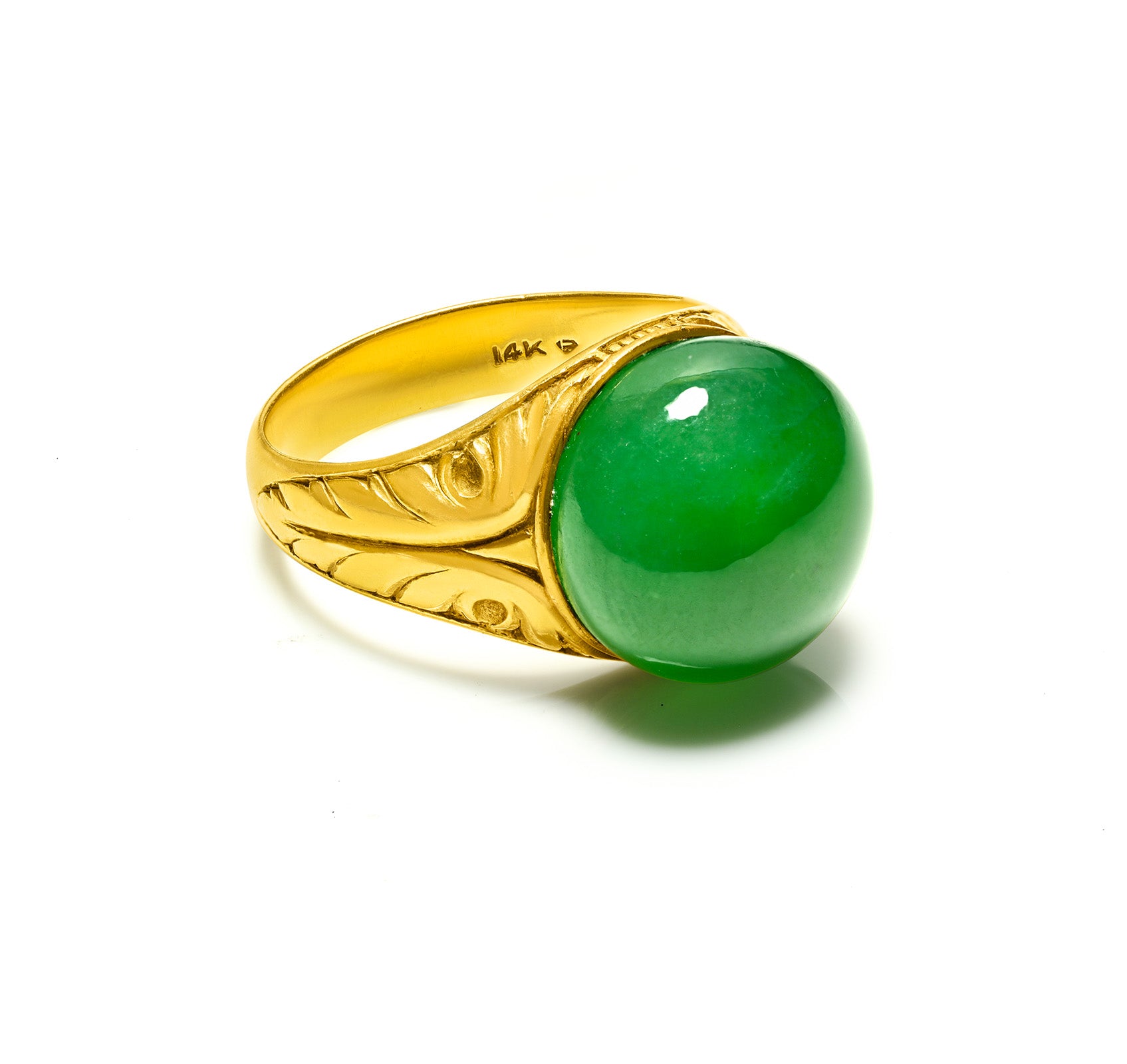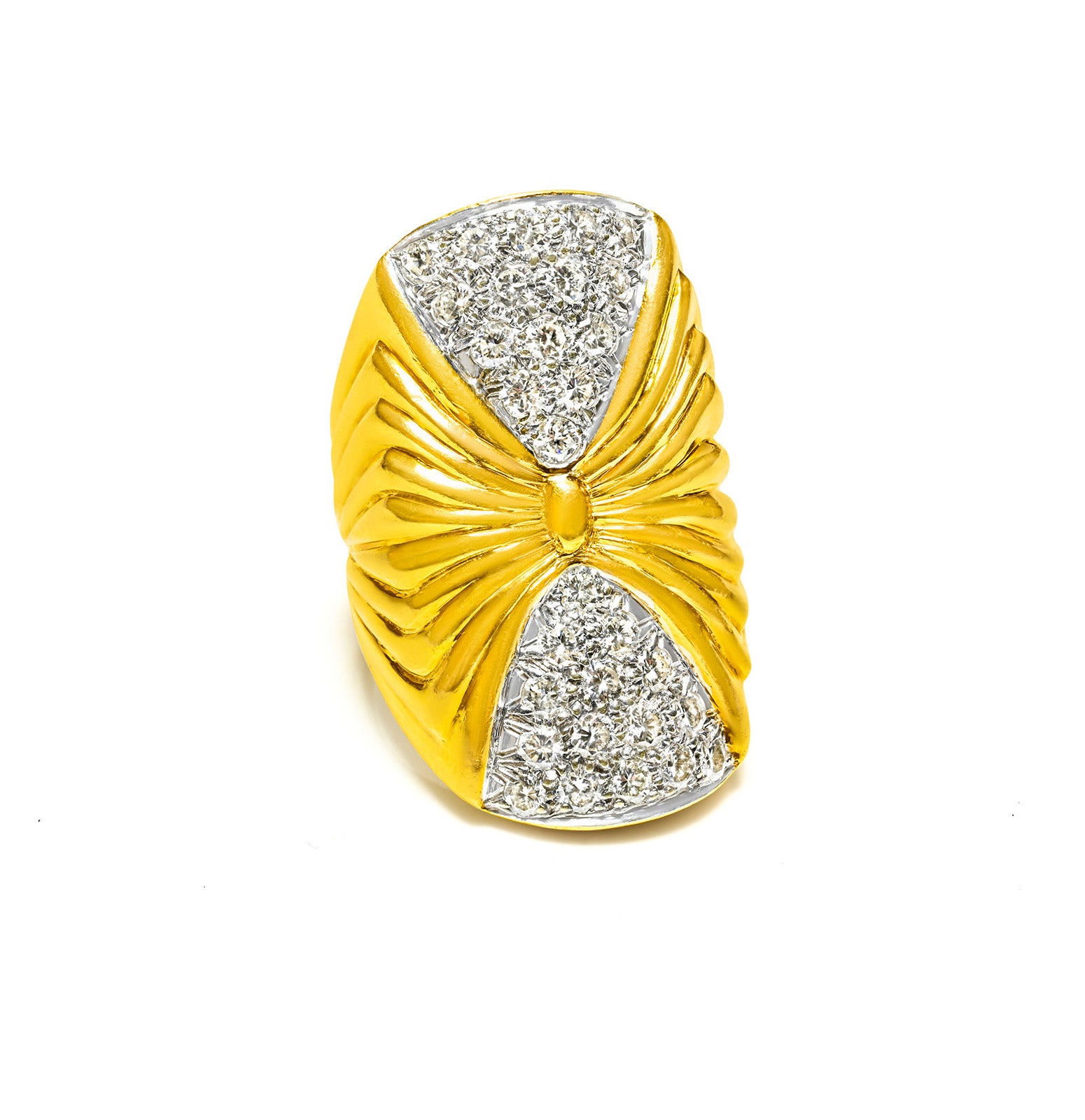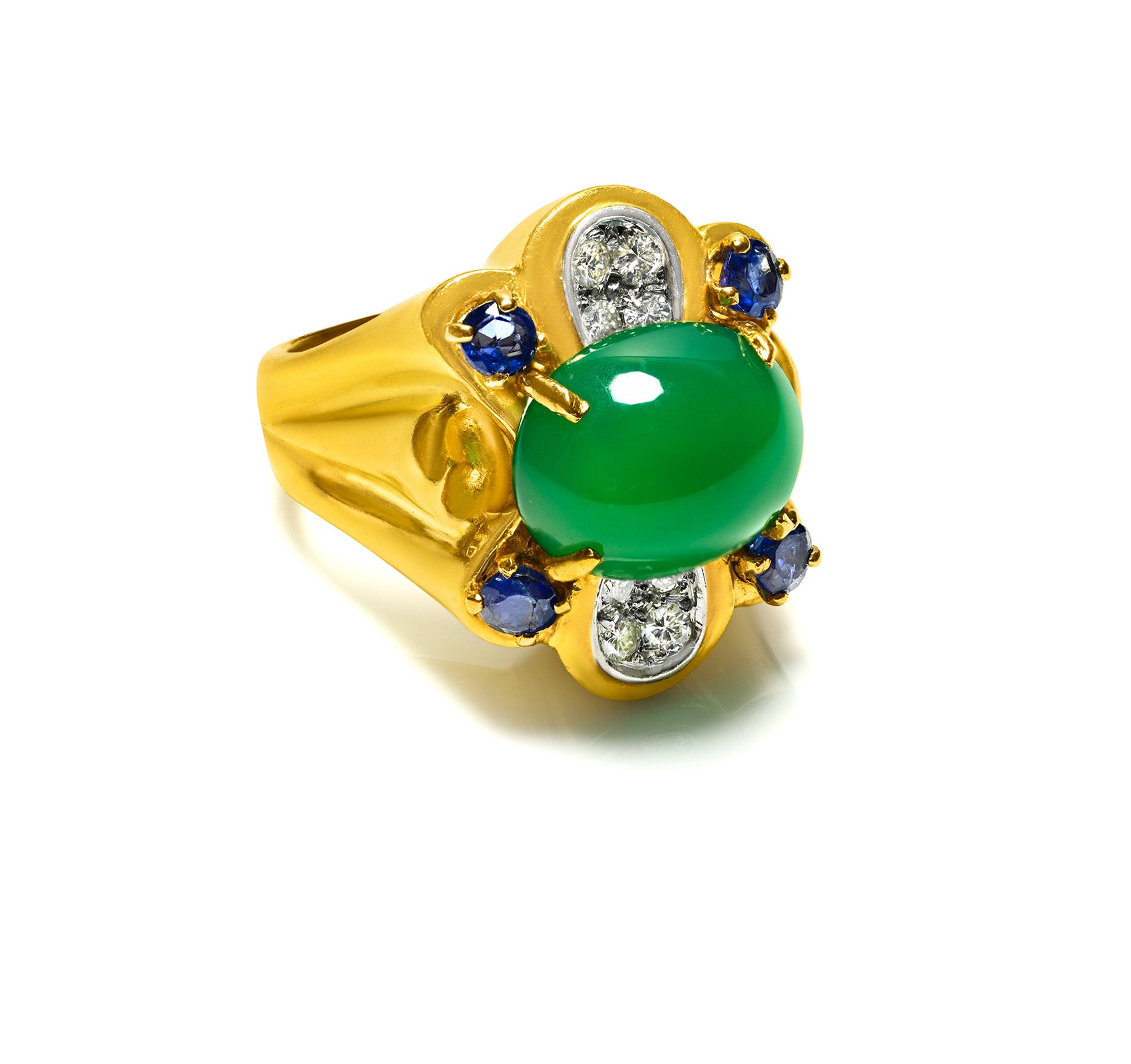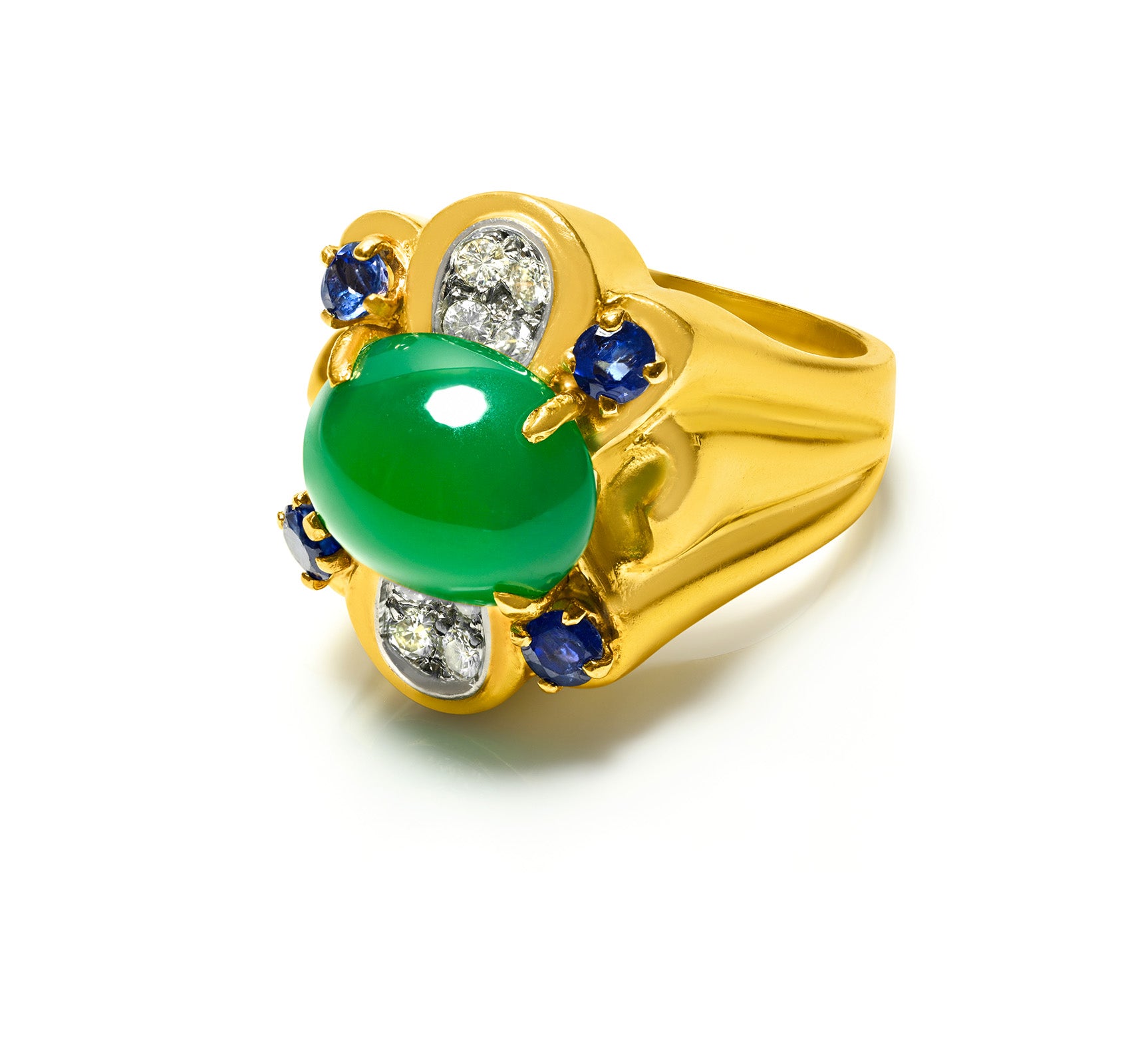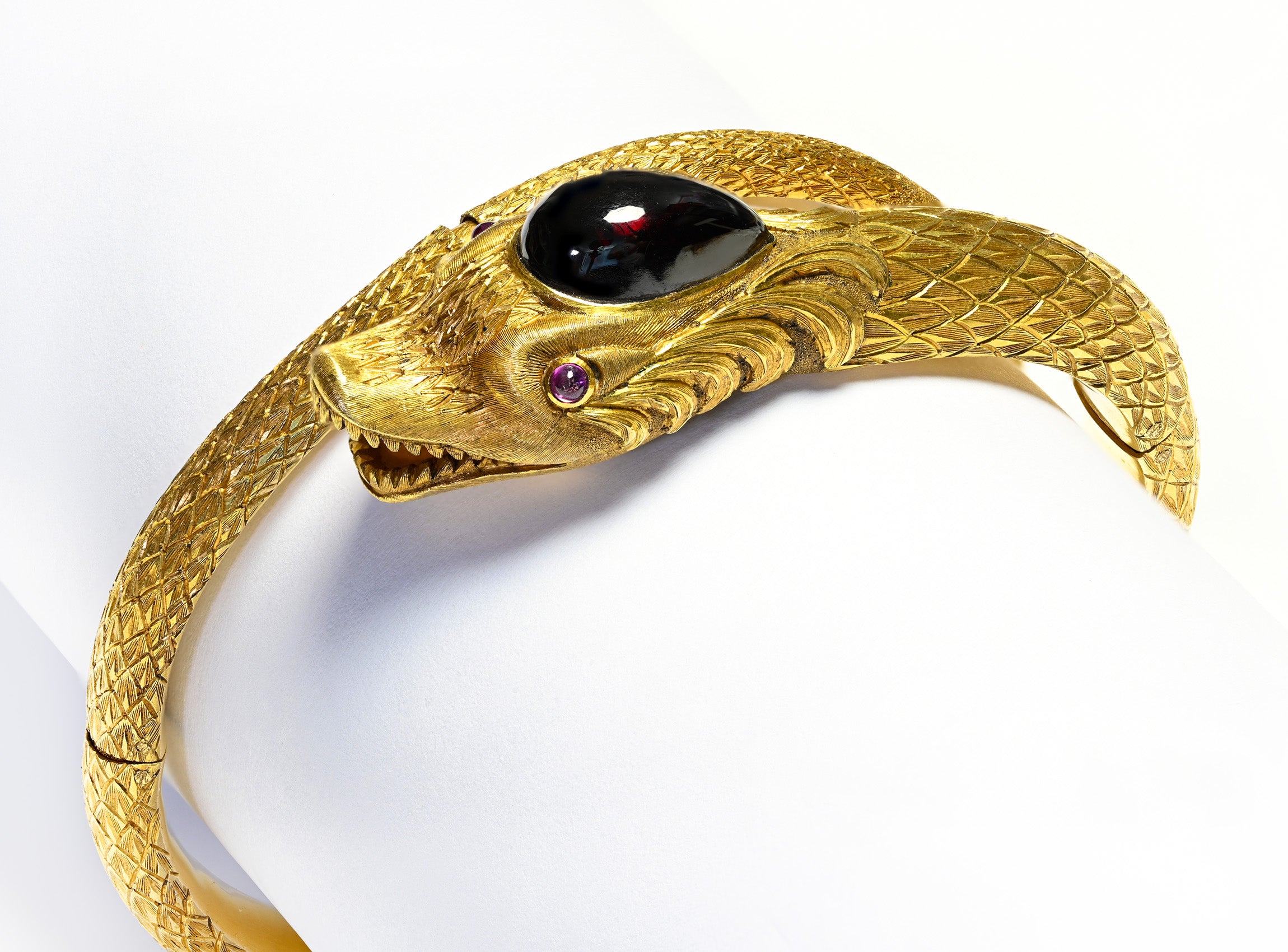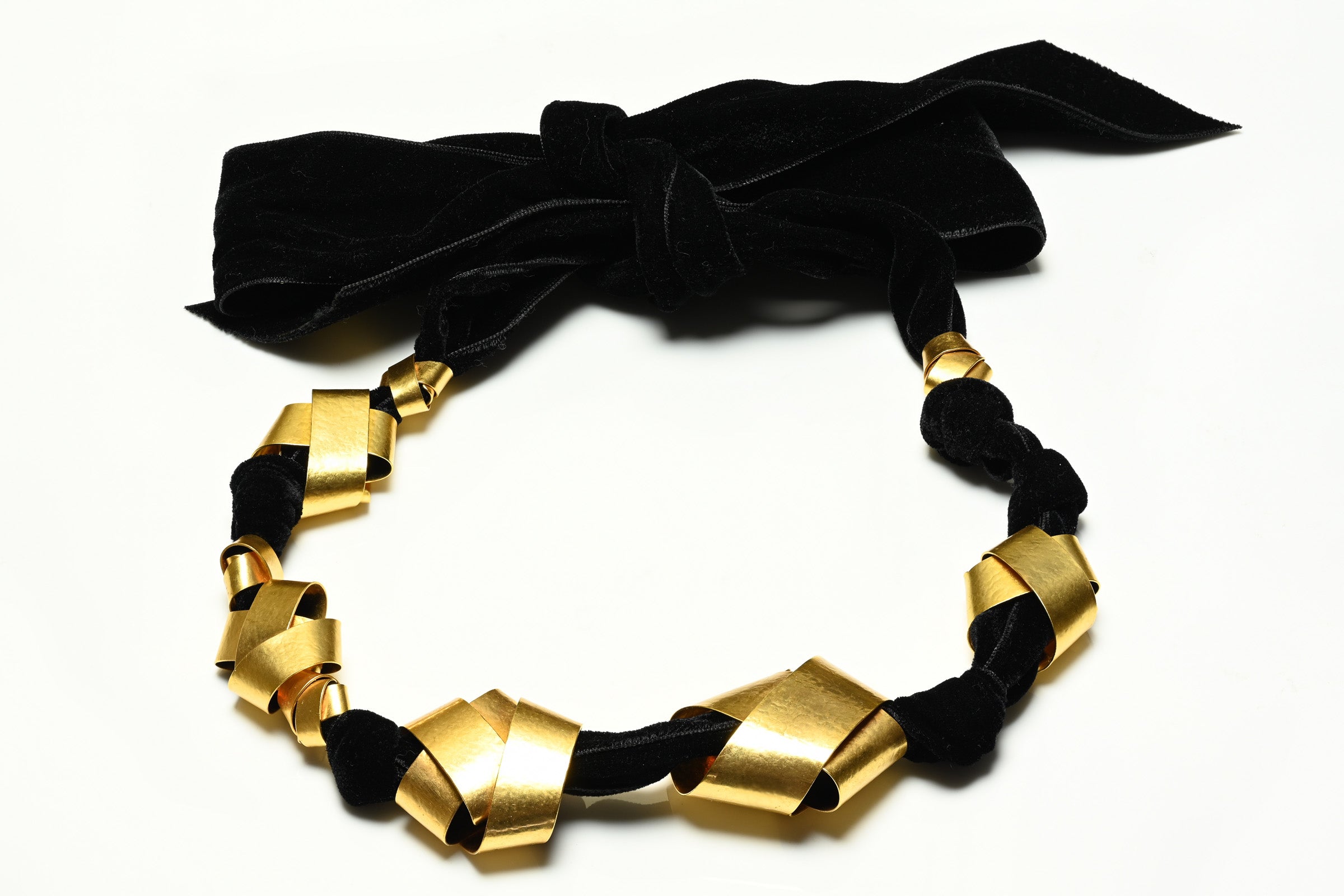
The Most Famous Random Inventions
Some of the world's greatest inventions were made by chance. We may have been better off without some of them, but others have certainly brought us a lot of benefits.
Here's a list of some of the greatest accidental discoveries.
Coca-Cola
Atlanta pharmacist John Pemberton was trying to make a cure for headaches. He mixed up a bunch of ingredients - and don't ask, because even now we don't know which ones, the recipe is still a closely guarded secret. The first sales were at Jacob's Pharmacy in Atlanta, Georgia, in 1886.
It was originally sold as a patent medicine, with Pemberton claiming that the Coca-Cola drink cured many ailments, including morphine addiction, dyspepsia, neurasthenia, headaches, and impotence.
It only took eight years, during which time it was sold in pharmacies, for the drink to become popular enough to be sold by the bottle. In the first eight months, only nine drinks were sold every day. Today, almost everyone knows what Coca-Cola tastes like.
Radioactivity
Two words you definitely don't want to hear said in the same sentence: "Oopssss!" and "Radioactive." In the case of physicist Henri Becquerel's accidental discovery, however, this was not a problem.
Around 1896, Becquerel was studying the action of light on substances, as well as the phosphorescence of uranium salts. He needed sunlight for these experiments, but chance had him conducting them in winter, and at that time it was a week with cloudy skies. So he wrapped a piece of rock containing uranium (a uranium salt) in black paper and locked it in a cupboard with some photographic plates, waiting for a sunny day.
When he returned to the experiment, Becquerel realized that the uranium rock he had left in the cupboard had a very exact outline printed on the photographic plate without having been exposed to sunlight beforehand. There was something very special about that rock, the physicist thought.
After several experiments, he concluded that it was a new phenomenon, which he called natural radioactivity, and which consists of the property of substances such as uranium, radium, and polonium to emit radiation.
Anesthesia
In its early days, nitrous oxide, known as the laughing gas, was just a gas used at parties to make people laugh. It was simply a special method of entertainment at 19th-century parties and nothing more.
Nitrous oxide, a colorless, hallucinogenic, sweet-smelling gas, caused hysterical laughter. In 1844, one of American dentist Horace Wells' friends inhaled a large amount of the oxide and while intoxicated injured his leg. To his surprise, he noticed that he felt no pain. Soon after, Horace Wells began using nitrous oxide as an anesthetic for his patients.
Microwave Ovens
Raytheon engineer Percy Spencer was working on radar technology in the years following World War II. Although he started out with the intention of developing new weapons, he ended up inventing the microwave oven.
One day, while working in the lab, he noticed that the chocolate bar he had in his trouser pocket had melted. The first version of the microwave oven was gigantic and needed to be cooled with water to work. Initially, Spencer used his discovery to make popcorn.
X-Rays
The German Wilhelm Röntgen discovered X-rays by pure chance, experimenting in his laboratory with the effects of discharging high-intensity electrical charges through glass tubes filled with gas at very low pressures.
In 1895, he realized that if the tube through which the electric charge passes is insulated with black cardboard to exclude any source of light when working in a darkened room, a piece of cardboard having on one of its surfaces baryonic platinocyanide becomes fluorescent, even if it is at an appreciable distance from the tube.
Röntgen went further and observed that the same phenomenon, of recording the transparency of a body, also occurs using photographic plates. The world's first X-ray was taken shortly afterward by Röntgen, capturing his wife's bones and the ring of a hand on photographic plates. From this, the scientist deduced that the bones were much less permeable to X-rays, standing out harder, like his wife's ring.
The Penicillin
The British bacteriologist Alexander Fleming returned to work in his laboratory in September 1928 after spending the whole of August on a family holiday.
In the laboratory he found, in one of the Petri dishes with cultures of staphylococci (the subject of his study at the time) an unusual thing - among the staphylococci colonies a colony of bluish-green mold had grown, and around it, the staphylococci had disappeared.
Fleming realized at once that this was something important. He began to separately cultivate and study this bluish mold, which he identified a few months later as Penicillium notatum, which he found to contain an antibacterial agent capable of destroying staphylococci (pathogenic bacteria that can cause infections in the human body).
LSD
Lysergic acid diethylamide-25 (LSD) is probably the best known and most widely used semi-synthetic psychedelic drug. It is synthesized from lysergic acid, derived from rye ergot, a grain fungus usually found on rice.
Swiss chemist Albert Hofmann first synthesized the substance in 1938 in his research on rye ergot to extract a substance to stimulate blood circulation.
Hofmann took the world's first dose of the acid in 1943. He discovered its hallucinogenic effect by chance on 16 April 1943 after the substance had probably been absorbed through the researcher's skin. He repeated the process on 19 April by taking 250 micrograms of LSD, establishing the strong hallucinogenic effect. This date is celebrated by fans of the drug as "Bicycle Day" because Hofmann was riding his bicycle home on that very day.
(Source: The Epoch Times)
Read Our Interesting Facts Articles




